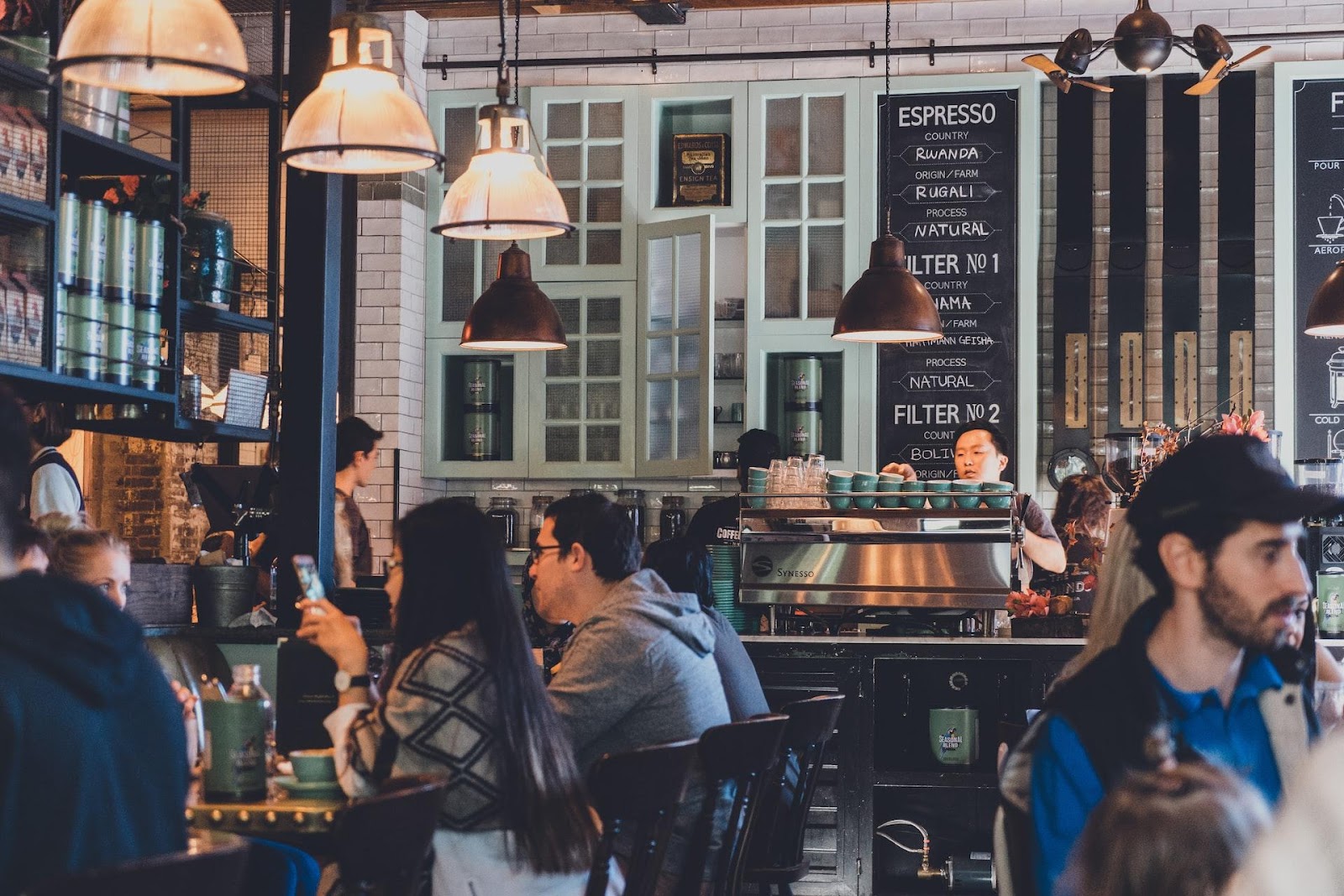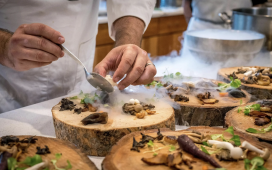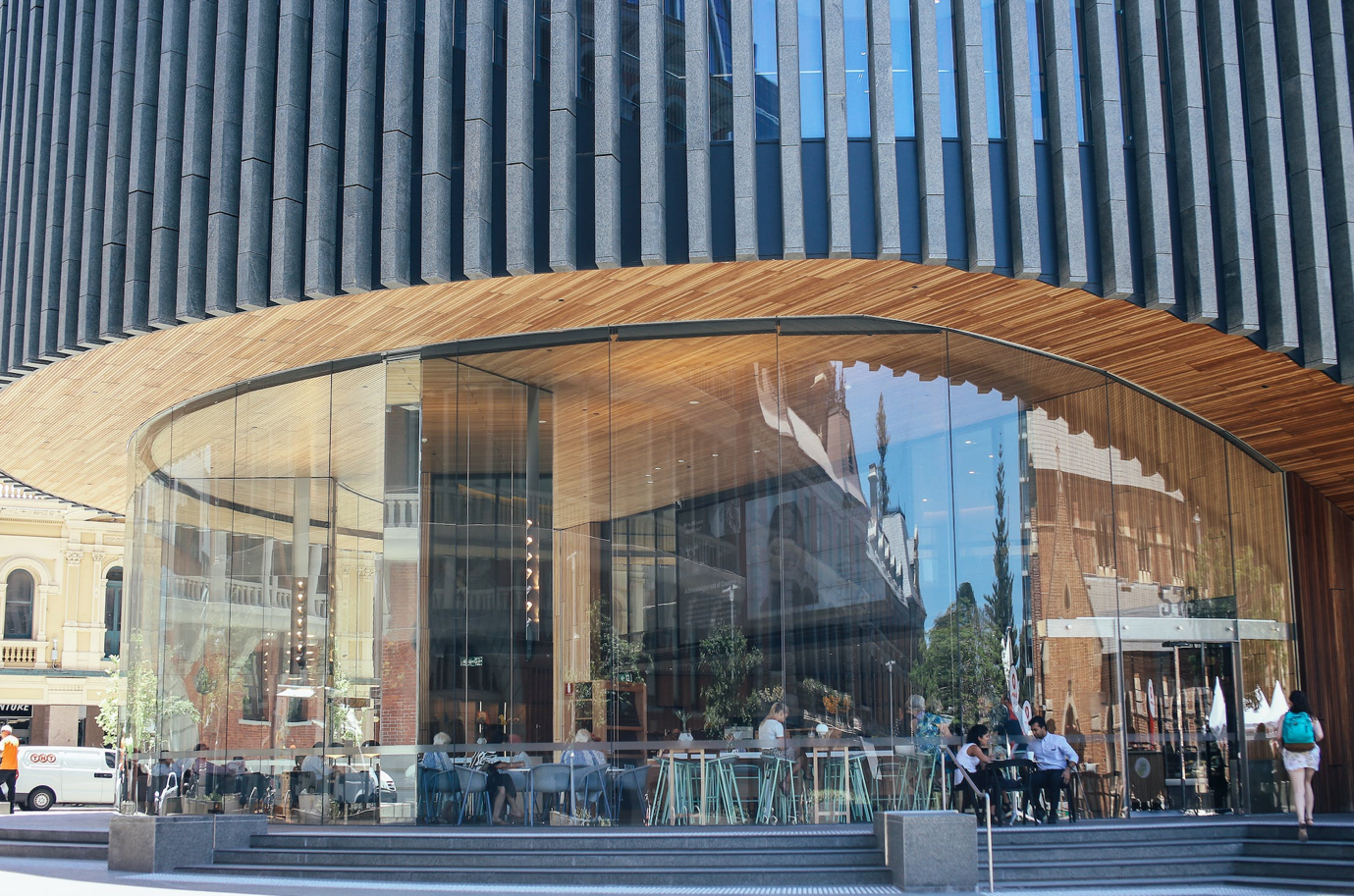Table Of Contents
People are consuming fewer larger plates of food and a wider variety of foods, making tapas one of the most popular ways for people to eat out. To live up to the craze, restaurants don’t necessarily need to create a tapas restaurant. Tapas can be found on menus in bars, pubs and cafes too.
The tapas trend involves more social sharing of food and drink. It is not only about eating. These small plates of food are meant to whet the appetite and are less substantial than appetizers, but more flavourful and nutritious. They are typically served with cocktails, beer, or wine.
As classic or modern as the individual desires, tapas is a type of social eating that’s supposed to spark conversation. In Spain, you can find them throughout the different cities. One could never truly understand the enchantment of tapas unless they tried it for themselves.
What are tapas made of?
The answer may have been as simple as listing the most well-liked tapas meals in Spain twenty years ago. But today, tapas may mean so many different things. Tapas range in size, cuisine, and ingredients, from little finger sandwiches to cold soups like gazpacho and even dumplings or spring rolls.
For instance, a short rib dish with crunchy onions and a vegetable puree could be considered a tapas dish. Only one short rib will be served, and there won’t be enough puree for more than two or three bites. It is just enough for the diner to get a taste before moving on to the next course; it falls somewhere between a full dinner and a snack.
Why are tapas popular currently?
Who will you most likely see if you enter a restaurant? Millennials! Youngsters in their 20s frequently visit restaurants more than any previous generation. A 2014 Food Institute survey found that 44% of millennials spend $2,921 yearly eating out. And as they get older, millennials choose to eat out more frequently than they cook at home.
So what does eating from little plates have to do with any of this?
For better or worse, the typical millennial is very different from their parents’ and grandparents’ generation in terms of appearance. Their dining tastes, which frequently coincide with the custom of eating tiny plates, are one of those differences.
Small plate concepts will spread across the country as more millennials choose to use their ever-increasing purchasing power at restaurants.
Reasons Why Tapas Gain Popularity
Bite-sized
The simplest food to consume is probably tapas. Simply put the tiny bite-sized pieces in your mouth. The ideal place to go on a date night might be a tapas bar. We advise saving the pasta for the third date.
Holiday-centric
Who doesn’t like to imagine themselves relaxing at a little Spanish tapas café, sipping sangria while taking in the sunshine? It’s difficult to resist Spanish food since it’s so fresh, flavorful, and delicious. The flavorful explosions that come from all the many dishes but blend so perfectly are worth the wait.
Variety
Everyone has experienced the situation where they cannot decide when everything on the menu seems so nice. This is not a problem with tapas. You can order five dishes without drawing weird stares from your dining companions. A tapas restaurant is the best option if you want to try new flavours.
How does the tapas trend affect restaurants?
Restaurants will probably need to adapt as the popularity of tapas spreads throughout the culinary world.
Will restaurants have to completely revamp how they run their business or suffer some odd Darwinian, gourmet extinction? Not exactly.
Fortunately, there are numerous small adjustments that eateries can quickly make to their current concepts to make them more appealing to tapas fans without having to do the full 180 pivot.
The possibilities are endless when it comes to tapas. So the next time you’re near a restaurant or bar offering tapas, you should absolutely go in. Trying out tapas can be an excellent choice if you are interested in new dining experiences. So, what’s the wait here? Try them out now!






